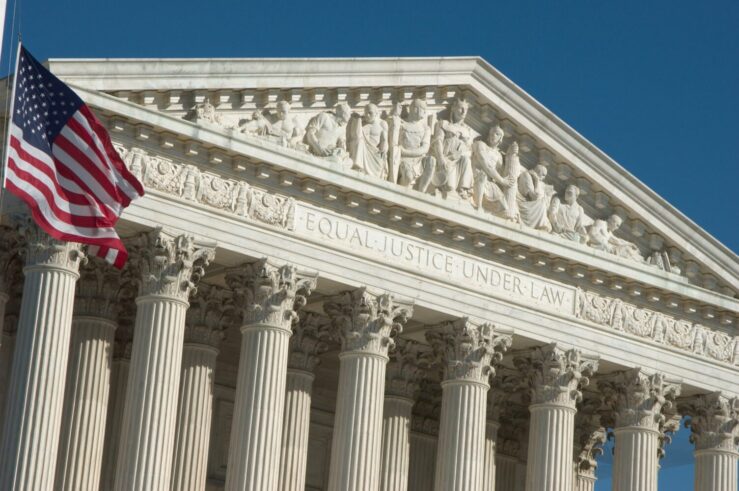Marginal Revolution’s Alex Tabarrok has a good post responding to recent attacks on the extension of credit to poor borrowers (and in particular, this rant from Nouriel Roubini). Here is a taste:
Roubini and others generating hysteria about defaults in the mortgage market are credit snobs – they think credit is something that only the rich can handle. Just look at the language that Roubini uses to analogize borrowers – they are “reckless patients” who “spent the last few years on a diet of booze, drugs and artery clogging junk food.” Similarly, the Washington Post tells us that it’s the end of the “borrowing binge.”
Yeah, we get it. Credit is ok for us, the “sober” borrowers but poor people can’t handle credit. Too much credit among the poor generates decay and social pathology. Credit must be regulated. We can’t, for example, have credit stores in poor neighborhoods. Don’t you know that credit is bad for people without self-discipline?  Let the poor buy on installment credit? That’s unconscionable. Today’s furor over sub-prime mortgages is the same old story.
Basic economics says that people should borrow so that they can consume based upon their permanent income. Modern day financial markets are finally making this possibility a reality. Combine financial innovation, strong US economic performance and a global savings glut and it makes sense that credit should become easier to obtain. We see the benefits of financial innovation in bringing credit to the poor not just in the United States but around the world. Will Roubini next be calling for the retraction of Muhammad Yunus’s Nobel Prize?
Check out the comment thread too. It’s pretty good.




